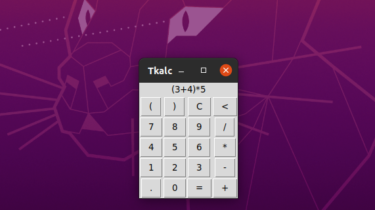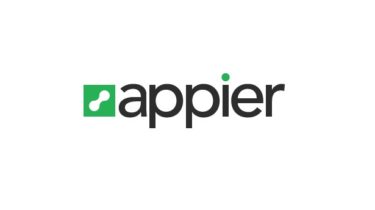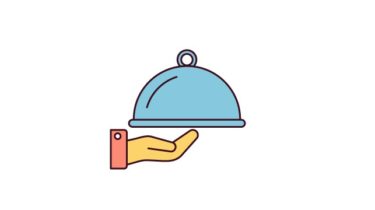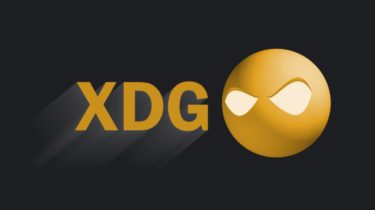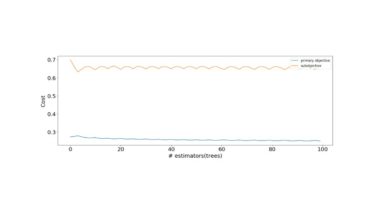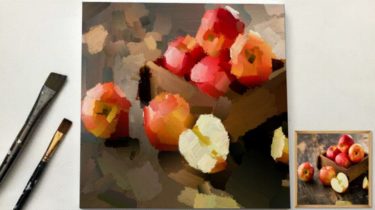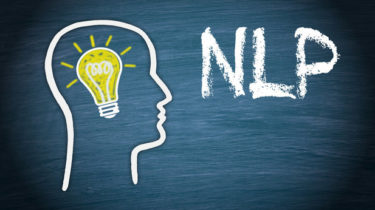A set of reliable implementations of reinforcement learning algorithms in PyTorch
Stable Baselines3 Stable Baselines3 (SB3) is a set of reliable implementations of reinforcement learning algorithms in PyTorch. It is the next major version of Stable Baselines. These algorithms will make it easier for the research community and industry to replicate, refine, and identify new ideas, and will create good baselines to build projects on top of. We expect these tools will be used as a base around which new ideas can be added, and as a tool for comparing a […]
Read moreA Python web framework built for super fast app development
appier Appier is an object-oriented Python web framework built for super fast app development. It’s as lightweight as possible, but not too lightweight. It gives you the power of bigger frameworks, without their complexity. Your first app can be just a few lines long: import appier class HelloApp(appier.App): @appier.route(“/”, “GET”) def hello(self): return “Hello World” HelloApp().serve() The same app using the async/await syntax (Python 3.5+) for async execution reads pretty much the same: import appier class HelloApp(appier.App): @appier.route(“/”, “GET”) async […]
Read moreA Python application to predict what is cooking
ez-cuisine-classifier A Python application to predict what is cooking. Environment Python 3.7 Windows 10 Install python -m venv venv .venvScriptsactivate python -m pip install -U pip setuptools pip install -r requirements-dev.txt Data Source The training data is from kaggle’s Recipe Ingredients Dataset. Demo GitHub https://github.com/zehengl/ez-cuisine-classifier
Read moreA Tool For Direction Brute Force And Gathering Direction by Dork
XDGe XDGe It’s Tool For Direction Brute Force And Gathering Direction by Dork IF You Want GoogleDork Function? def GOscan(URLTARGET,DORKUSERFILE): DOKERLIST = [] GODOKERFILE = open(DORKUSERFILE,”r”) for CONGODOKER in GODOKERFILE: DOKERLIST.append(CONGODOKER) for CONDOKERLIST in range(len(DOKERLIST)): DORKTARGET = DOKERLIST[CONDOKERLIST].replace(” “,”+”).replace(“n”,””) SETGODORK = “site:{URLTARGET}+{DORKTARGET}”.format(URLTARGET=URLTARGET, DORKTARGET=DORKTARGET) SETGOWEBS = ‘https://www.google.com/search?q=’+SETGODORK+’&client=firefox-b-d&start=0’ REQGODORK = urllib.request.Request(SETGOWEBS) REQGODORK.add_header(‘User-Agent’, ‘Mozilla/7000.0 XAR’) REQGODORK.add_header(‘Accept’, ‘text/html,application/xhtml+xml,application/xml;q=0.9,image/webp,*/*;q=0.8’) REQGODORK.add_header(‘Accept-Language’, ‘en-US,en;q=0.8’) #——————————————— REQGOOGLE = urllib.request.urlopen(REQGODORK, timeout=10) RESGODORK = REQGOOGLE.read() REQGOOGLE.close() CLEARREQD = re.findall(‘
Read moreA Katherine Crowson VQGAN+CLIP derived Google colab notebook
VQGAN-CLIP A repo for running VQGAN+CLIP locally. This started out as a Katherine Crowson VQGAN+CLIP derived Google colab notebook. Some example images: Environment: Tested on Ubuntu 20.04 GPU: Nvidia RTX 3090 Typical VRAM requirements: 24 GB for a 900×900 image 10 GB for a 512×512 image 8 GB for a 380×380 image Still a work in progress – I’ve not actually tested everything yet 🙂 Example set up using Anaconda to create a virtual Python environment with the prerequisites: conda […]
Read moreA library for Multi-objective optimization in Gradient Boosted Trees
MooGBT is a library for Multi-objective optimization in Gradient Boosted Trees. MooGBT optimizes for multiple objectives by defining constraints on sub-objective(s) along with a primary objective. The constraints are defined as upper bounds on sub-objective loss function. MooGBT uses a Augmented Lagrangian(AL) based constrained optimization framework with Gradient Boosted Trees, to optimize for multiple objectives. With AL, we introduce dual variables in Boosting. The dual variables are iteratively optimized and fit within the Boosting iterations. The Boosting objective function is […]
Read moreHeimdall Watchtower: Training Progress Email Notifier
Training-Progress-Email-Notifier Heimdall watchtower automatically sends you emails to notify you of the latest progress of your deep learning programs. In this way, you will know how the training goes wherever you are. You will also know as soon as your program has been terminated by other users 🙂 Usage Quick Start Simply run python email_test.py Please note: The test email is sent through a temporal gmail account. It may reach its capacity for sending emails through the SMTP server. In […]
Read moreGenerates vivid and realistic painting artworks with controllable styles in python
Stylized Neural Painting Official PyTorch implementation of the preprint paper “Stylized Neural Painting”, accepted to CVPR 2021.We propose an image-to-painting translation method that generates vivid and realistic painting artworks with controllable styles. Different from previous image-to-image translation methods that formulate the translation as pixel-wise prediction, we deal with such an artistic creation process in a vectorized environment and produce a sequence of physically meaningful stroke parameters that can be further used for rendering. Since a typical vector render is not […]
Read morePart 2: Step by Step Guide to NLP – Knowledge Required to Learn NLP
This article was published as a part of the Data Science Blogathon Introduction This article is part of an ongoing blog series on Natural Language Processing (NLP). In part-1 of this blog series, we complete the basic concepts of NLP. Now, in continuation of that part, in this article, we will cover some of the new concepts. In this article, we will understand the knowledge required and levels of NLP in a detailed manner. In the last of this article, we […]
Read more